Review
Mercedes-Benz is the only manufacturer currently investing in diesel plug-in hybrid, offering its de powertrain in the C, E and GLE.
The 2.0-litre diesel engine, also found in the C 220 d, is mated to an electric motor inside the nine-speed automatic transmission.
A 13.5kWh battery pack lives in the boot, providing a range of up to 32 miles.
While diesel isn’t exactly everyone’s favourite fuel at the moment, it makes the C 300 de a plug-in hybrid that is usable for high-mileage drivers.

We thought it made a lot of sense in the E 300 de that we ran on long-term test, averaging more than 60mpg over a six-month period.
In the lighter, smaller C-Class, the powertrain promises even better efficiency and performance.
The engine serves up a combined 306PS, giving a 0-60mph time of less than six seconds. More impressive is the torque, 700Nm – the same as you’ll get from the V8 in an AMG-powered C 63 S.
It means the C 300 de is able to dispatch some serious mid-range grunt, which should put a smile on the face of anyone behind the wheel.
Bigger smiles will come from the benefit-in-kind tax bill. With CO2 emissions from 38g/km, a driver could pay as little as £114 per month.
Fleet managers should be equally pleased. Official fuel consumption is rated at some 200mpg, but even in real-world use the car should be able to manage 60-80mpg and cover at least 25 miles on a charge.
During the week we spent with the car, we managed 61.4mpg over 600 miles – with more than a third on electric. Even with a depleted battery, it managed more than 50mpg on a trip from Coventry to Peterborough.
Petrol plug-in hybrids simply cannot match this performance.
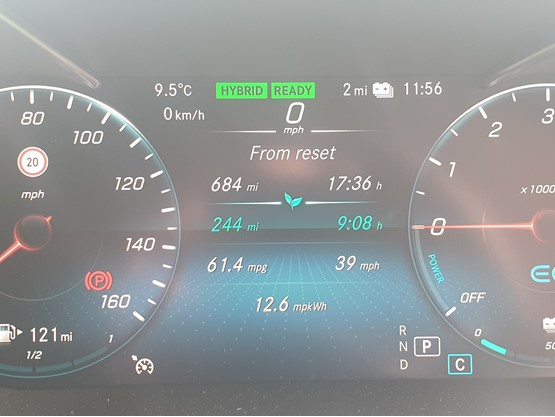
The C 300 de costs from £43,000 – making it around £3,750 more than the equivalent BMW 330e. Running costs, on paper, favour the BMW at 48 pence per mile (ppm) versus 52ppm, but we’re confident the real-world fuel savings would balance the books for those who regularly exceed the electric-only range.
Boot space suffers as a result of the C-Class’ platform not being geared-up for electrification. Both the saloon and estate feature a sizeable lump in the cargo area, losing around 150 litres of space.
There is also a weight penalty to the tune of 300kg, when compared with a C 220d. While the engine’s massive torque is enough to shrug this off when accelerating, stand on the brakes and you’ll soon feel it.
Our AMG Line test model felt firm, with weighty steering, making the drive more engaging but it lacks the 330e’s finesse.
Plug-in hybrids are rapidly gaining traction as company car drivers look for tax-friendly alternatives to the models they know and love. The C 300 de not only ticks all the boxes to keep a driver happy, but will also keep fuel costs in check for a business.
Matt has been an automotive journalist for nine years and has driven just about every new car and van that's on sale. As content editor - vehicles he is responsible for the automotive content on Fleet News and also contributes to Automotive Management. Prior to this, Matt worked in the automotive industry for 10 years.


Specs
| Manufacturer | Mercedes-Benz |
| Model | C Class |
| Specification | C Class C300e Saloon 2.0d PiH 13.5kWh 306 SS AMG Line Edition 9GT+ 20.5MY |
| Model Year | 0.00 |
| Annual VED (Road tax) | £0 |
| BIK List Price | £44,455 |
| CO2 | 33g/km |
| BIK Percentage | 10% |
| Insurance Group | N/A |
| CC | N/A |
| Fuel Type | Diesel Hybrid |
| Vehicle Type | Premium family car |
| Luggage capacity (Seats up) | 5litres |
Running Costs
| P11D | £44,455 |
| Insurance group | N/A |
| Fuel Type | Diesel Hybrid |
| Cost per mile | 126.33ppm |
| Fuel | 8.00ppm |
| Depreciation | 114.03ppm |
| Service maintenance and repair | 4.30ppm |
Info at a glance
-
P11D Price
£44,455
-
MPG
217.3 (WLTP) -
CO2 Emissions
33g/km -
BIK %
10% -
Running cost
3 Year 60k : N/A 4 Year 80k : N/A -
Fuel Type
Diesel Hybrid

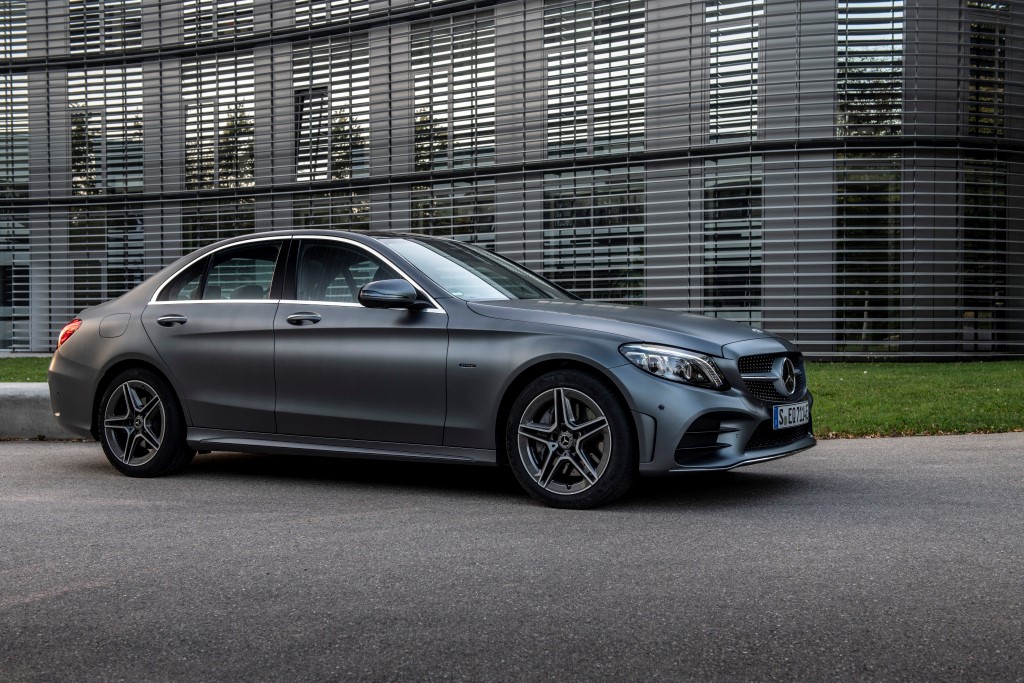
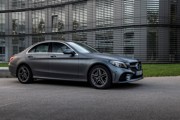

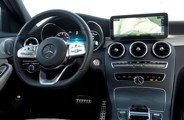
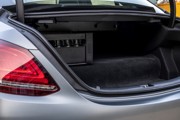


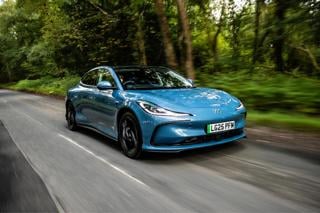
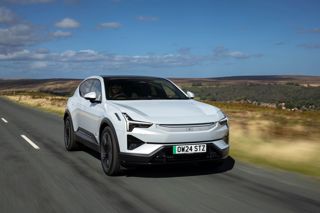

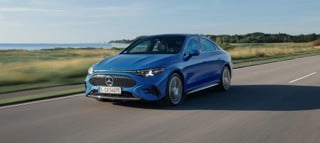












Login to comment
Comments
No comments have been made yet.